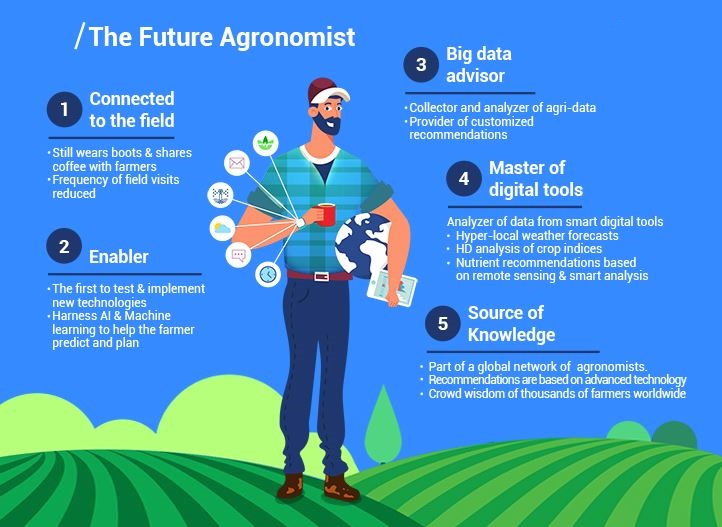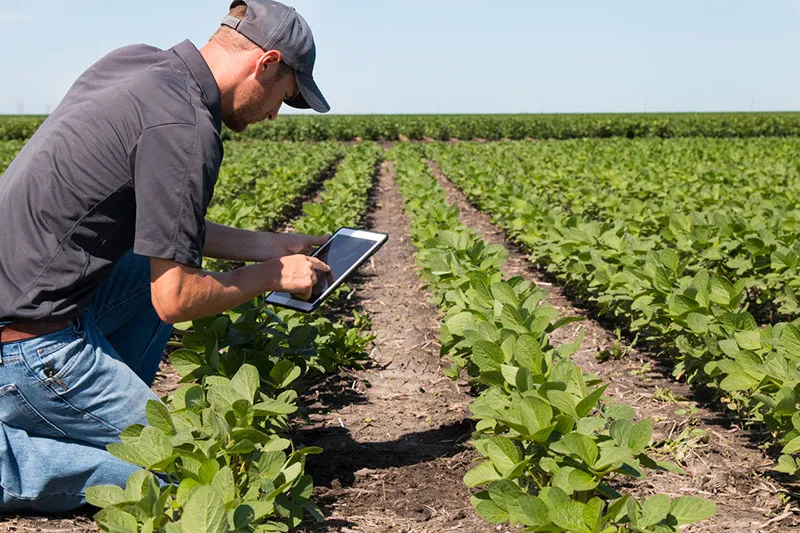INVESTING IN THE FUTURE
Young people make up a large percentage of the rural population everywhere in the world. They are often unemployed or underemployed, despite the need for labor in agriculture. Rural youth face many obstacles in trying to make a living. They do not perceive agriculture as a profitable or prestigious profession, and until they find significant economic opportunities and an attractive environment in rural areas, we can expect their migrations to continue to larger cities or other countries.
This trend not only contributes to the emergence of the phenomenon of excessive urbanization and rising unemployment in urban areas but is also expected to affect global food production. Investing in better living conditions for young people living in rural areas is, therefore, key to increasing agricultural productivity, strengthening rural economies, and ensuring food security.
There are many ways to economically engage young people in agriculture, and not all of them involve hard physical work and getting your hands dirty. Young people are involved in activities that support agricultural production, capacity building, goods and services, logistics, and added value as service providers and entrepreneurs.

SUSTAINABLE AGRICULTURE
Most actors in agricultural production around the world strive to achieve the maximum by giving the minimum, without seeing the wider consequences of such actions. The consequences are high pollution of watercourses, loss of agricultural land as a basic resource in agriculture, reduction of land fertility, unnecessary waste of inputs in agricultural production… We consume a lot of energy per unit of product, have expensive production, become less competitive in the market, invest a lot of human labor and achieve less profit. On the other hand, there are various technologies of precision agriculture that allow us to reduce these side effects, with the potential to cancel them and achieve what our farmers dream of – safe profits, healthy food, with a preserved environment.
What was unthinkable only 20-30 years ago in agriculture, today can be solved in a few clicks thanks to digital technologies.
WHAT MAKES AGRICULTURE ATTRACTIVE TO YOUNG PEOPLE?
We live in an era of rapid digital innovation. Advances in agricultural technologies help farmers make better, smarter, and more efficient decisions and make agriculture more profitable. This is starting to attract a new generation of technologically smart entrepreneurs.
Technology makes agriculture not only sustainable but also attractive to young people. What innovation will they like next? Only time will tell, but Netafim’s latest state-of-the-art technologies, such as precision irrigation and digital agriculture solutions, will play an important role in the future development of agrotechnology.
WHAT HAS CHANGED SINCE THE TIME OF OUR GRANDFATHERS?
Today’s day of the modern, “digitalized” farmer looks very different from the day of his father and grandfather. Instead of waking up at the crack of dawn and heading into the field for hours of hard work, he can look at his smartphone, check for updated data on his crops and adjust irrigation, fertigation, and other agricultural activities with the flick of a finger. Sweating in the fields is far less common and the increasingly distant echo of the world of agriculture began.
The fourth technological revolution has strongly affected world agriculture, and in the coming decades, it will define who remains and who is deleted from the world agricultural scene. There will be those who can keep up with market demands and respond to challenges such as global population growth, climate change, limited natural resources, increased demand for safe food, technical ‑ technological development…

NEW AGRICULTURE
People will play a key role in the whole story about the application of new technologies in agriculture. Today, it is possible for a machine to perform a task in a field without a human, to perform an appropriate operation on a plot using a database, for a robot to milk a cow and the like, but it is impossible to exclude a human from all these processes. In agriculture, unforeseen circumstances often occur, breakdowns, droughts, floods, diseases, infections, and other things that are difficult for any machine to solve – that is why the presence of man is necessary.
But not an ordinary person, but an educated learned, and practically trained expert who will understand most of the processes in his work environment.
WHO WILL LOSE THE RACE?
To reduce the high risks of farming, it is necessary to review the entire agricultural process and view it as a business, not as a hereditary practice. Like any business, each of the agricultural activities has different aspects that must work coherently to create a profitable entity. The digitalization of agriculture and the application of precision agriculture also have their drawbacks, and that is primarily the creation of losers during the technological race. The losers will be those farmers who will not be able to adapt to the demands of the modern market and follow the modern technological innovations that appear every day in the field of agriculture.
Agriculture has huge potential to be a source of employment for young people. For agriculture to become productive and profitable, a wide range of expertise is needed. We need computer scientists, engineers, farmers, and even industrialists. Agriculture presents opportunities that, if exploited, can create sustainable solutions to the challenges of food insecurity and unemployment worldwide.
Together we can change the face of agriculture and make it an attractive and real source of opportunities for young people. This is our golden opportunity to ensure that young people have a place in agriculture to actively contribute to the overall modernization of our agricultural practices.

